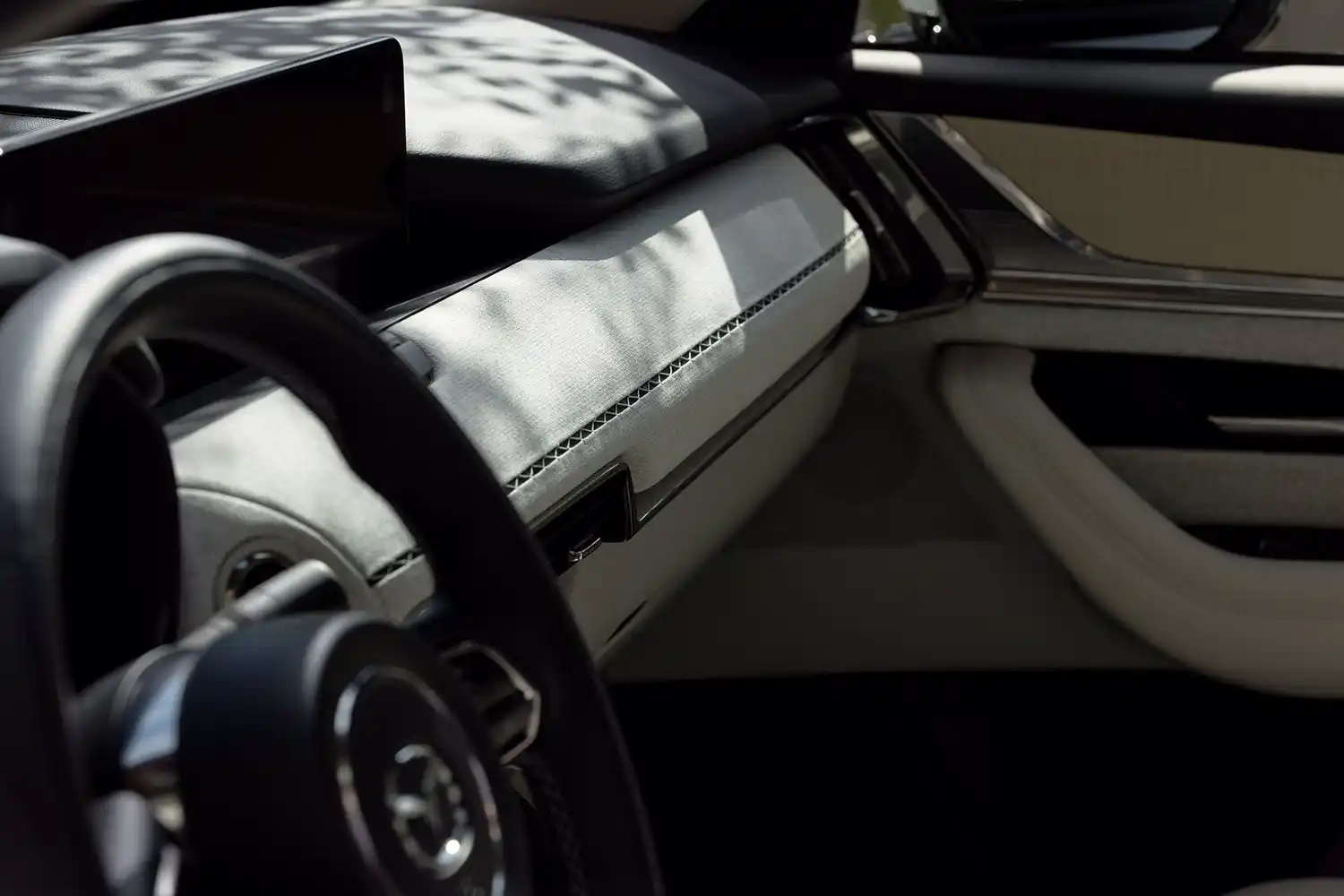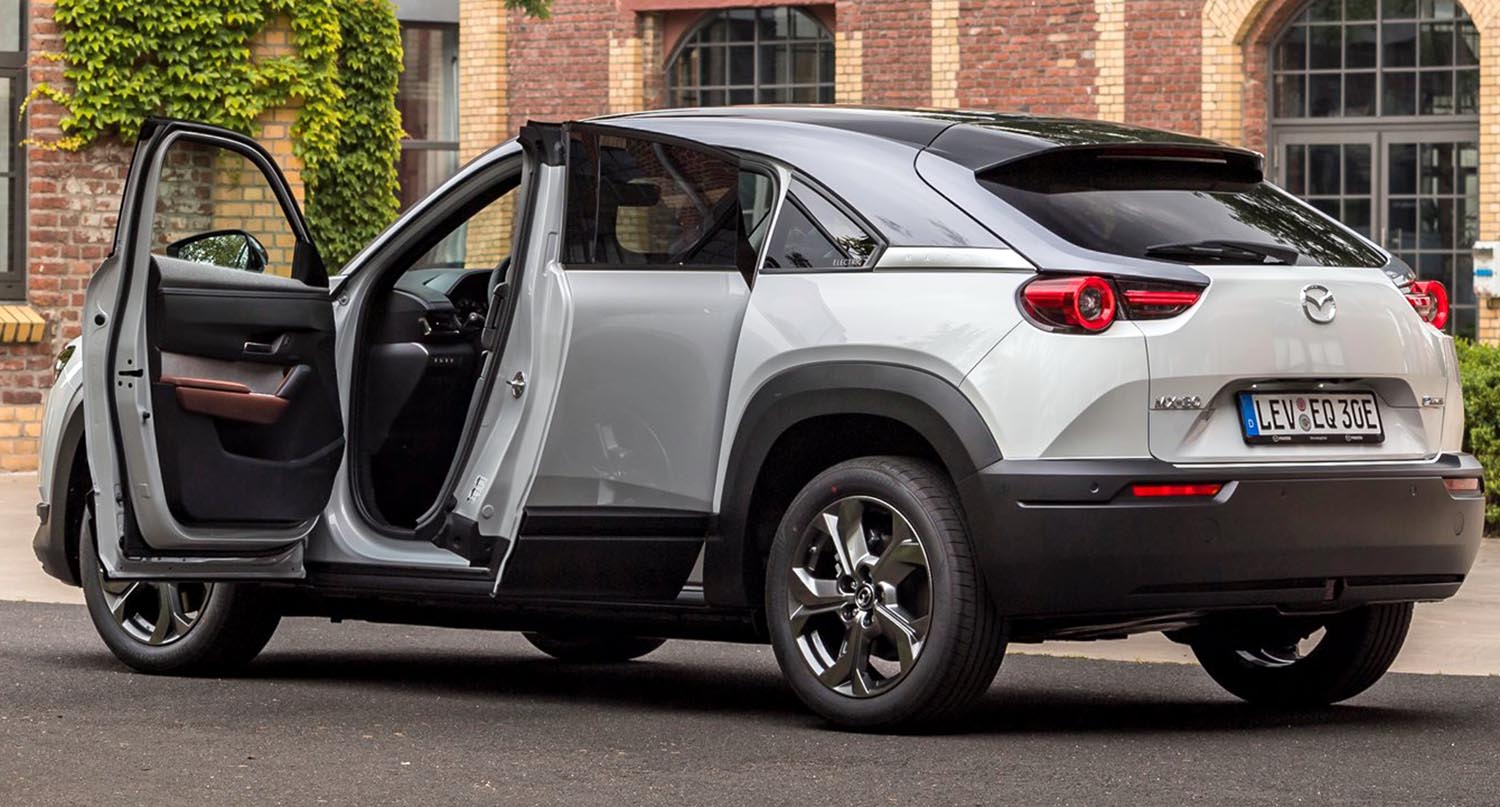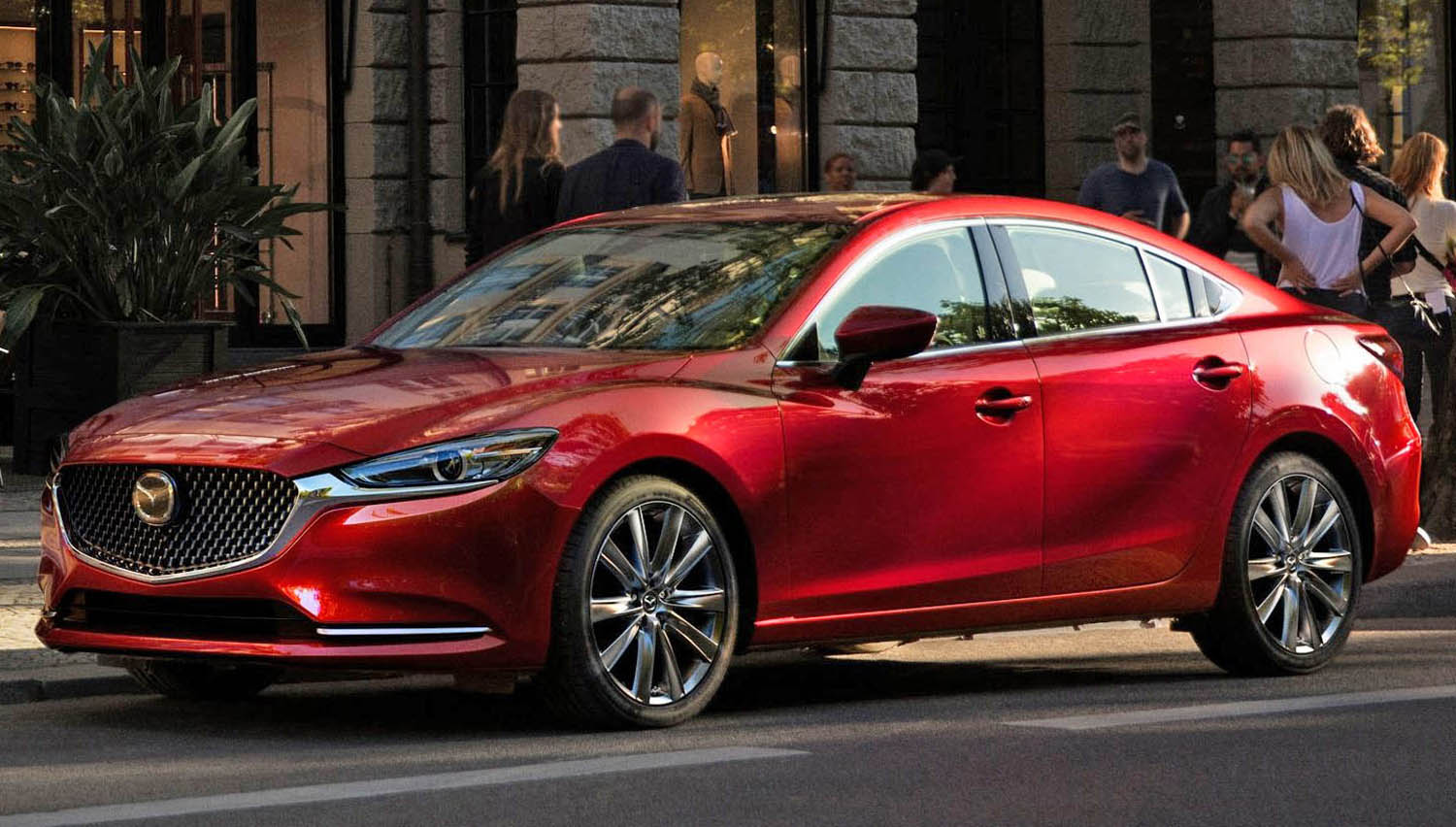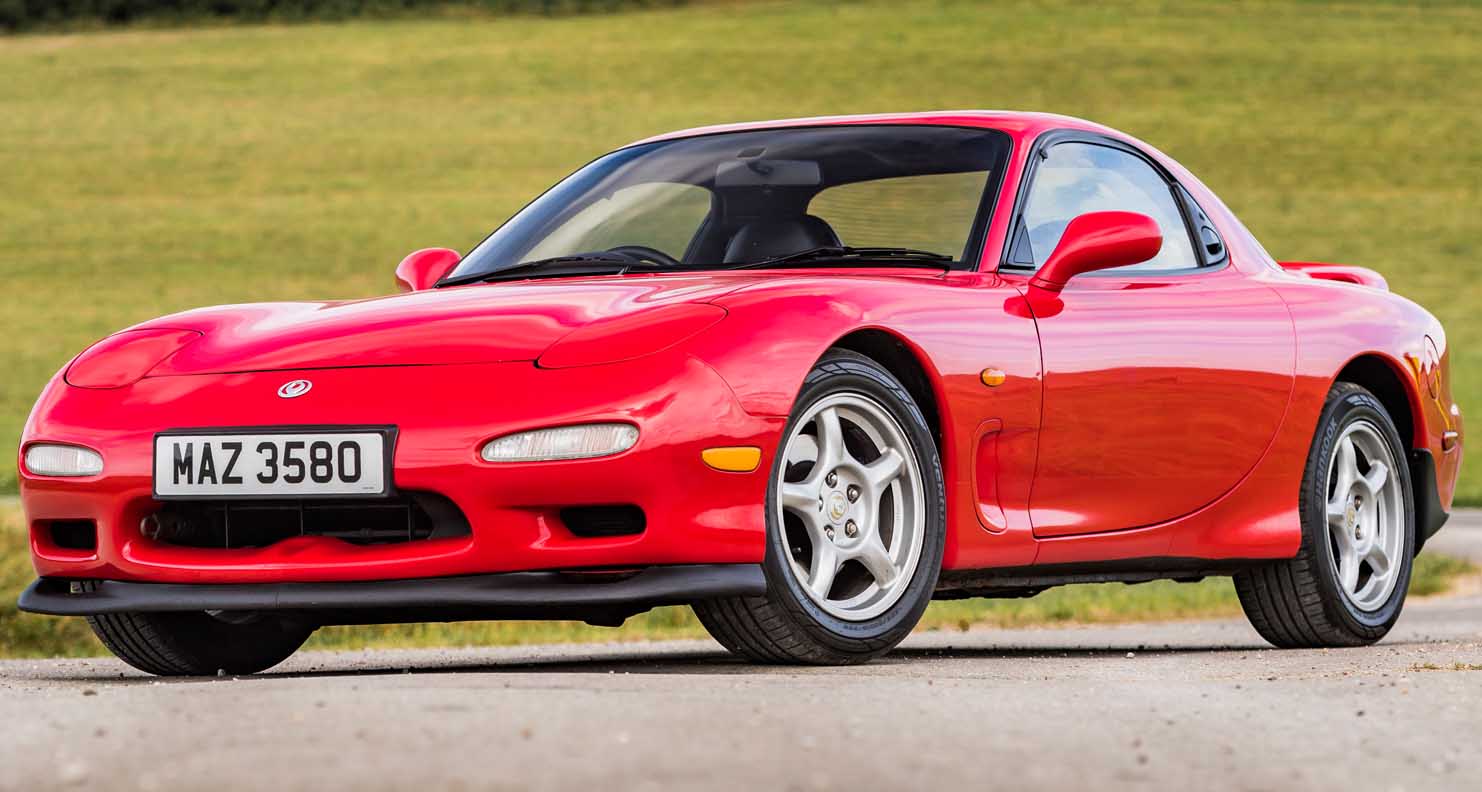
Light plays a fundamental role in all aspects of our lives, yet its importance goes beyond science. Serving as an essential element in another no less important dimension of human life: Design. Mazda’s designers not only consider the materials they work with but also use light and shadow as a tool to shape the graceful surface of Mazda’s cars to create a unique design language.
Light fills space with life, colour, and forms. It sometimes goes unnoticed, but the light is everywhere. It is a natural agent that affects biological processes and allows our eyes to see the beauty and discover the world around us. As a result of how it interacts with the environment, light is no longer merely an illumination; it can be used as an element to design and create.
As for shadow, it is not the opposite of light as it is often considered, but both complement each other when defining volumes, expression, and impact. The application of this duality and the interplay of its nuances are important when creating a special object such as a vehicle.
Mazda: Crafted in Japan!
Kodo, literally meaning “soul of motion”, is Mazda’s core inspiration. It refers to a Japanese design philosophy that views vehicles as living objects. The applied Kodo philosophy combines three elements: Ma, the beauty and harmony of empty space; Sori, the poised and balanced curves; and Utsuroi, the play of light and shade.
Through the interplay of these elements, Mazda designers pay close attention to how light affects the car’s surfaces to craft the unique visual effect of perpetual motion that distinguishes Mazda cars from others. The light and shadows reflecting within the interior, on the dashboard, the seats, and the side panels, play as much of a role in the vehicle’s appearance as the lights that caress its exterior lines and vibrant colours.
Reinforcing the concept of Ma, the aesthetic of the space left empty Mazda’s signature approach removes all sharp lines from the car’s side surfaces, creating an empty space, a blank canvas on which light sits to reveal the natural beauty of the car. “Reflection is essential to Mazda’s unique design language. For us, it is important to pay attention to how light interacts with the car and reveals its beautiful surfaces to emphasise design details, precise form, and rich colours,” says Gustave Djon Toug, Mazda Senior Designer. This practice is embodied by the S-shaped reflection found on the side panels of the Mazda CX-60, which is bathed in changing light as the car moves along, creating fluid-like patterns that reflect the environment and reinforce the feeling of movement, bringing the car to life even when standing still. The outcome is a genuine expression of Japanese aesthetics, a continuously evolving aesthetic that blends minimalism of form with a wealth of expression.
Through both their emotional power and their contrasting qualities, light and shadow completely redefine people’s experiences. Both elements are constantly changing and offer endless possibilities to design and create objects which evoke emotions.










